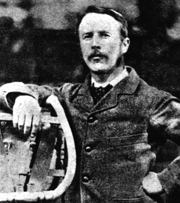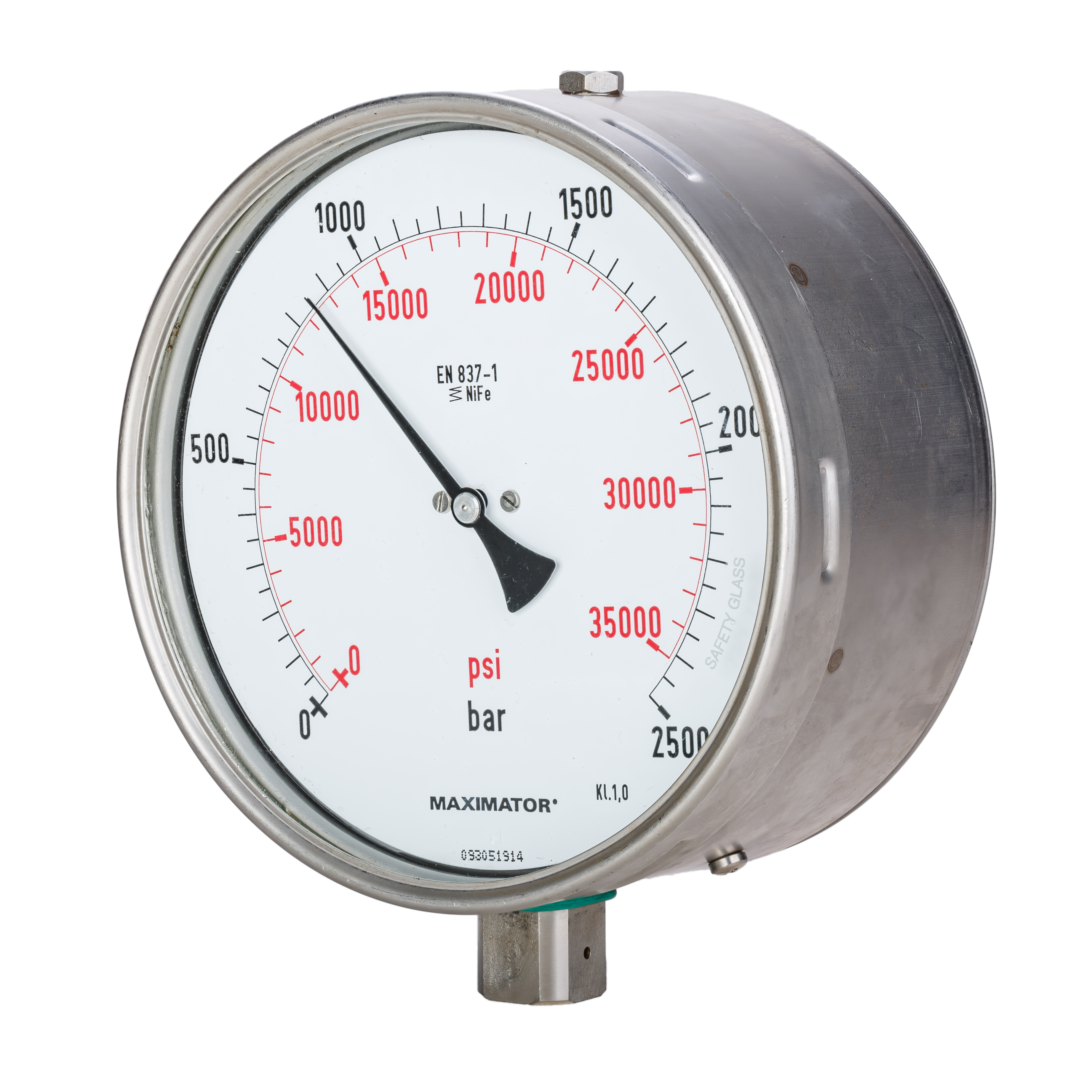|
Helicopter Escape Set
The Helicopter Aircrew Breathing Device or HABD (also known as a Helicopter Emergency Egress Device HEED or SEA is an item of survival equipment which was adopted by the military to increase the chances of survival for embarked troops and aircrew trapped in an aircraft which has ditched (crashed into a body of water). It is a form of self contained underwater breathing apparatus (scuba) which consists of a small cylinder pressurized with atmospheric air and first stage regulator worn in a pouch on the user's life vest; a pressure gauge; an air hose and a second-stage demand regulator that delivers air to the user's mouth when the internal pressure of the mouthpiece drops during inhalation, and is ruggedly constructed to survive impacts associated with emergency ditchings. History and Design Since a full-size scuba cylinder would be prohibitively bulky and heavy, especially for troops already laden with full combat gear, the HABD must be small and thus limited in capacity. It ... [...More Info...] [...Related Items...] OR: [Wikipedia] [Google] [Baidu] |
Scuba Set
A scuba set, originally just scuba, is any breathing apparatus that is entirely carried by an underwater diver and provides the diver with breathing gas at the ambient pressure. ''Scuba'' is an anacronym for self-contained underwater breathing apparatus. Although strictly speaking the scuba set is only the diving equipment that is required for providing breathing gas to the diver, general usage includes the harness by which it is carried, and those accessories which are integral parts of the harness and breathing apparatus assembly, such as a jacket or wing style buoyancy compensator and instruments mounted in a combined housing with the pressure gauge, and in the looser sense, it has been used to refer to all the diving equipment used by the scuba diver, though this would more commonly and accurately be termed scuba equipment or scuba gear. Scuba is overwhelmingly the most common underwater breathing system used by recreational divers and is also used in professional diving whe ... [...More Info...] [...Related Items...] OR: [Wikipedia] [Google] [Baidu] |
Diving Regulator
A diving regulator is a pressure regulator that controls the pressure of breathing gas for diving. The most commonly recognised application is to reduce pressurized breathing gas to ambient pressure and deliver it to the diver, but there are also other types of gas pressure regulator used for diving applications. The gas may be air or one of a variety of specially blended breathing gases. The gas may be supplied from a scuba cylinder carried by the diver or via a hose from a compressor or high-pressure storage cylinders at the surface in surface-supplied diving. A gas pressure regulator has one or more valves in series which reduce pressure from the source, and use the downstream pressure as feedback to control the delivered pressure, or the upstream pressure as feedback to prevent excessive flow rates, lowering the pressure at each stage. The terms "regulator" and "demand valve" are often used interchangeably, but a demand valve is the final stage pressure-reduction regulator ... [...More Info...] [...Related Items...] OR: [Wikipedia] [Google] [Baidu] |
Personal Flotation Device
A personal flotation device (PFD; also referred to as a life jacket, life preserver, life belt, Mae West, life vest, life saver, cork jacket, buoyancy aid or flotation suit) is a flotation device in the form of a vest or suite that is worn by a user to prevent the wearer from drowning in a body of water. The device will keep the wearer afloat with their head and mouth above the surface – they do not have to swim or tread water in order to stay afloat and can even be unconscious. PFDs are commonly worn on small watercraft or other locations where accidental entry into deep water may occur in order to provide immediate support for the wearer should they end up in the water. PFDs are also kept on large vessels for passengers to wear in an emergency in order to help them stay afloat should they be forced to enter the water or accidentally fall overboard during an evacuation. PFD's are commonly worn for swimming and/or other activities that require an individual to be in the water ... [...More Info...] [...Related Items...] OR: [Wikipedia] [Google] [Baidu] |
Pressure Gauge
Pressure measurement is the measurement of an applied force by a fluid (liquid or gas) on a surface. Pressure is typically measured in units of force per unit of surface area. Many techniques have been developed for the measurement of pressure and vacuum. Instruments used to measure and display pressure mechanically are called pressure gauges, vacuum gauges or compound gauges (vacuum & pressure). The widely used Bourdon gauge is a mechanical device, which both measures and indicates and is probably the best known type of gauge. A vacuum gauge is used to measure pressures lower than the ambient atmospheric pressure, which is set as the zero point, in negative values (for instance, −1 bar or −760 mmHg equals total vacuum). Most gauges measure pressure relative to atmospheric pressure as the zero point, so this form of reading is simply referred to as "gauge pressure". However, anything greater than total vacuum is technically a form of pressure. For very low press ... [...More Info...] [...Related Items...] OR: [Wikipedia] [Google] [Baidu] |
Jet Fuel
Jet fuel or aviation turbine fuel (ATF, also abbreviated avtur) is a type of aviation fuel designed for use in aircraft powered by gas-turbine engines. It is colorless to straw-colored in appearance. The most commonly used fuels for commercial aviation are Jet A and Jet A-1, which are produced to a standardized international specification. The only other jet fuel commonly used in civilian turbine-engine powered aviation is Jet B, which is used for its enhanced cold-weather performance. Jet fuel is a mixture of a variety of hydrocarbons. Because the exact composition of jet fuel varies widely based on petroleum source, it is impossible to define jet fuel as a ratio of specific hydrocarbons. Jet fuel is therefore defined as a performance specification rather than a chemical compound. Furthermore, the range of molecular mass between hydrocarbons (or different carbon numbers) is defined by the requirements for the product, such as the freezing point or smoke point. Kerosene-type jet ... [...More Info...] [...Related Items...] OR: [Wikipedia] [Google] [Baidu] |
Hydraulic Fluid
A hydraulic fluid or hydraulic liquid is the medium by which power is transferred in hydraulic machinery. Common hydraulic fluids are based on mineral oil or water. Examples of equipment that might use hydraulic fluids are excavators and backhoes, hydraulic brakes, power steering systems, automatic transmissions, garbage trucks, aircraft flight control systems, lifts, and industrial machinery. Hydraulic systems like the ones mentioned above will work most efficiently if the hydraulic fluid used has zero compressibility. Functions and properties The primary function of a hydraulic fluid is to convey power. In use, however, there are other important functions of hydraulic fluid such as protection of the hydraulic machine components. The table below lists the major functions of a hydraulic fluid and the properties of a fluid that affect its ability to perform that function: Composition Base stock The original hydraulics fluid, dating back to the time of ancient Egypt ... [...More Info...] [...Related Items...] OR: [Wikipedia] [Google] [Baidu] |
Cold Shock Response
Cold shock response is a series of neurogenic cardio-respiratory responses caused by sudden immersion in cold water. In cold water immersions, such as by falling through thin ice, cold shock response is perhaps the most common cause of death. Also, the abrupt contact with very cold water may cause involuntary inhalation, which, if underwater, can result in fatal drowning. Death which occurs in such scenarios is complex to investigate and there are several possible causes and phenomena that can take part. The cold water can cause heart attack due to severe vasoconstriction, where the heart has to work harder to pump the same volume of blood throughout the arteries. For people with pre-existing cardiovascular disease, the additional workload can result in myocardial infarction and/or acute heart failure, which ultimately may lead to a cardiac arrest. A vagal response to an extreme stimulus as this one, may, in very rare cases, render ''per se'' a cardiac arrest. Hypothermia and ext ... [...More Info...] [...Related Items...] OR: [Wikipedia] [Google] [Baidu] |
Safety Equipment
Personal protective equipment (PPE) is protective clothing, helmets, goggles, or other garments or equipment designed to protect the wearer's body from injury or infection. The hazards addressed by protective equipment include physical, electrical, heat, chemicals, biohazards, and airborne particulate matter. Protective equipment may be worn for job-related occupational safety and health purposes, as well as for sports and other recreational activities. ''Protective clothing'' is applied to traditional categories of clothing, and ''protective gear'' applies to items such as pads, guards, shields, or masks, and others. PPE suits can be similar in appearance to a cleanroom suit. The purpose of personal protective equipment is to reduce employee exposure to hazards when engineering controls and administrative controls are not feasible or effective to reduce these risks to acceptable levels. PPE is needed when there are hazards present. PPE has the serious limitation that it does ... [...More Info...] [...Related Items...] OR: [Wikipedia] [Google] [Baidu] |




